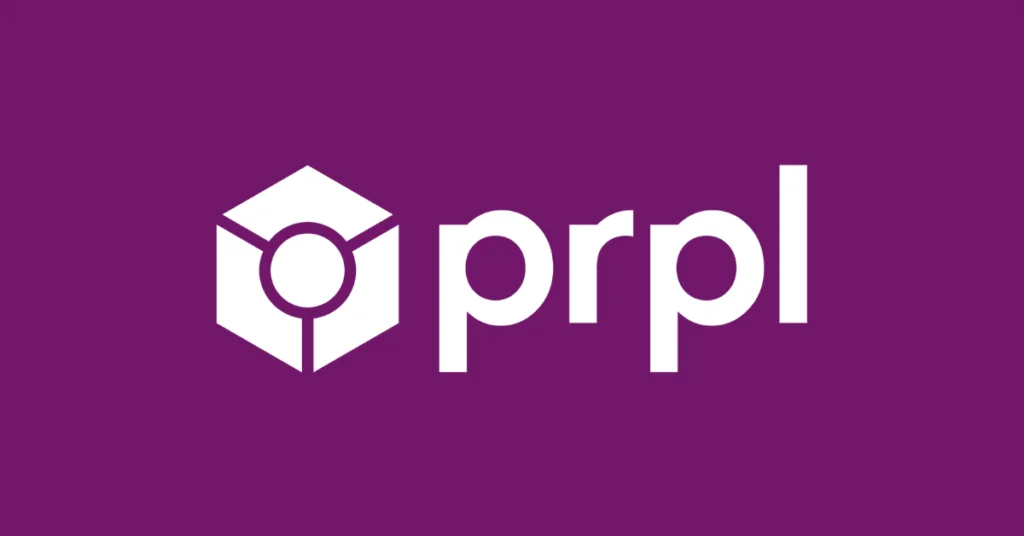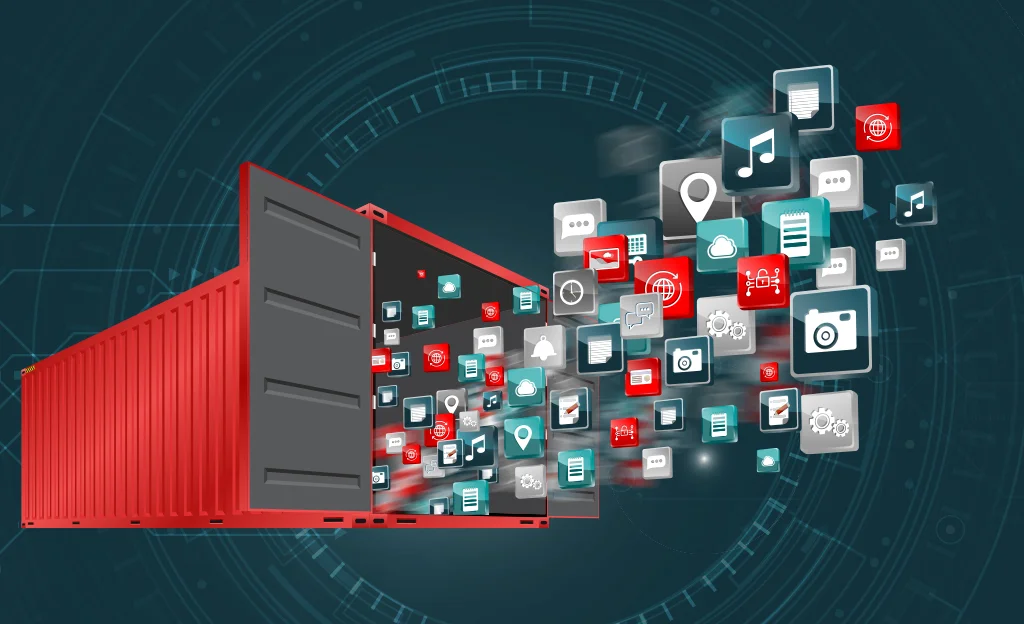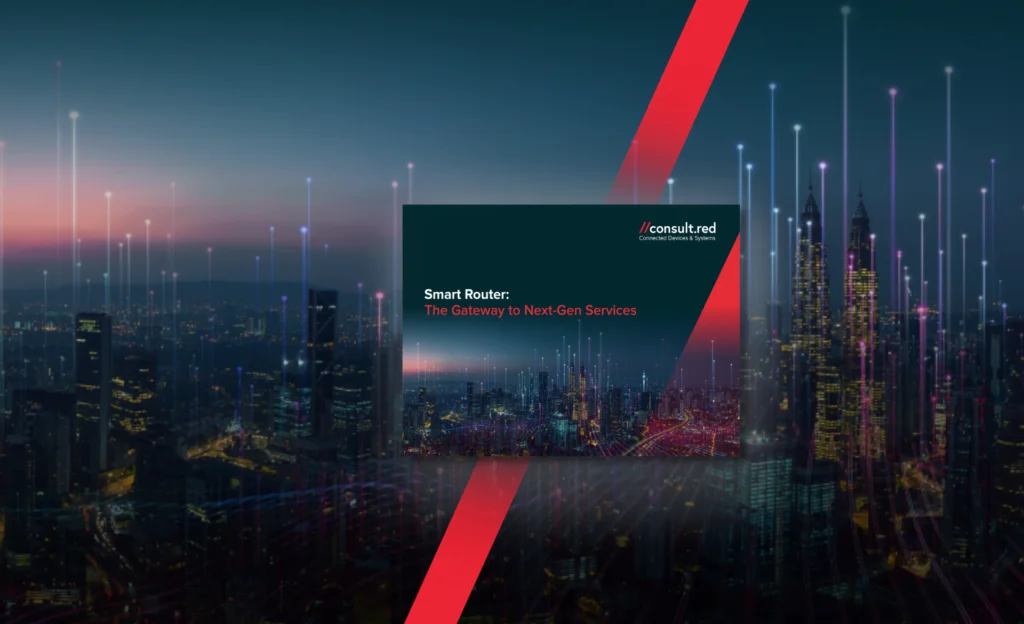Closing the gap between the edge and cloud using embedded containerisation
The smart edge is growing exponentially and with it the market opportunity for operators and service providers – if they can fully harness its capabilities.
The number of edge-enabled Internet of Things (IoT) consumer devices throughout the world is forecast to hit 6.5 billion by 2030, an increase of more than four billion over 2020. These encompass a wide array of device types including sensors and broadband routers, set-top boxes, TVs, security cameras, streaming media sticks, white goods and more.
Each product’s capabilities may vary in processing capability and functionality, but internet connectivity gives every single one the potential for smart activation and use case potential. Media and broadband delivery are just the start. Household data, security, e-health, telemetry and the Smart Home are broad areas of application interest.
The requirement for custom software development per application, and per device, limits scalability and stifles innovation.
An alternative approach that potentially enables these new opportunities is embedded containerisation. This modular approach to software development and deployment is already critical to the function of a wide range of devices in many industries. When done properly, containerisation can turn the problem of scale to an advantage as you develop a library of proven microservices, which can be utilised in different combinations to rapidly meet the requirements of new use cases. This is where Cloud services and applications have already succeeded.
Containerisation is the enabling technology for Smart Routers, provding a secure, fast and flexible model for operators to dynamically deploy and managed services on their router stack.
Universal applicability
Containerisation’s core principles of agility, scalability and security can be applied universally across different silicon, and device types from multiple manufacturers. The technology will help you keep pace with the multiplicity of connected devices and capabilities and ensure your company is ready to extract maximum value from the opportunity as new technology and services come online.
For example, you can deploy a device that is not Matter-enabled today, knowing that you can connect it to the new standard for IoT connectivity using containerisation in future. You could also deploy a device with a localised software stack and user experience and then update that to switch from, say an English to Spanish UI, using containerised software.
Orchestrated in the cloud
Naturally, your solution needs to scale from hundreds to thousands, or even millions of installed devices. Getting an IoT product to scale profitably is a multi-stage journey that is enhanced by the iterative, flexible power of embedded containerisation. Cloud development practices have created proven tooling to help with orchestration at scale, tools that can be repurposed for edge applications. In fact, technology such as KubeEdge, built on Kubernetes, is already extending native containerised application orchestration capabilities to hosts at the edge.
Such a solution deployed at the edge can be orchestrated centrally in the cloud giving huge economies of scale and the ability to launch and update services in the field.
The solution needs to be robust and stable using battle-hardened technologies. Security is a primary concern for many. To provide end-to-end security in a system, the embedded solution must support roots of trust and integrate hardware security components into their development toolchain.
Minimise service disruption
Containerisation allows you to ringfence applications to minimise testing and development overhead. It has the power to deliver the core OS and system critical services, while at the same time enabling you to develop, test and deploy bespoke new services and applications. If for any reason, any single application fails or is found to use more resources than planned, it can be isolated, terminated or rebooted if required, and managed separately, without impacting overall service delivery.
Reconfigure on-the-fly
Containerisation allows you to reconfigure, redeploy and restart, your edge device applications on-the-fly. There’s no longer the need to work on huge monolithic software releases that may get deployed once or twice a year. Instead of having to wait for that release cycle, you can be more proactive and much nimbler by working on a single application and deploying that to devices in the field in a securely managed way, without impacting everything else that is running.
Unlock functionality
Until relatively recently most devices had one function. A camera was a camera; a broadband router was just that. Today, different devices could be repurposed to serve a variety of functions purely by deploying software services or applications to them in a containerised manner. The technology means that a single, capable smart product could be utilised to address a variety of use cases. These can products and their capabilities can also evolve over time, and potentially differently per user.
Resource optimisation
That brings us to a common misconception. Containerisation is not a resource-hungry data centre technology. It is standard practice for companies like Consult Red to develop software for embedded systems that harness the benefits of containerisation, and that work within constrained memory and CPU environments. When done well the containerisation overhead is small and can be recouped by the sharing and re-use of software components between services. In addition, containers, by design, allow resources such as RAM, CPU and network bandwidth to be controlled and managed effectively.
Paradigm shift
We recognise that for some, software containerisation could represent a significant shift from traditional product development cycles. It impacts the chain end-to-end from initiation to development and deployment, and as such calls for the domain expert for application containerisation.
We have two decades of experience working on end-to-end, chip to cloud solutions for leading global media and broadband operators. We developed containerised services on the RDK-V platform which have been deployed and field-proven since 2015. Our innovative development of Smart Router technology uses open-source software stacks like prpl and RDK, which we have helped develop to support containerisation and application lifecycle management. We have proven, innovative technologies to deliver services and optimise business value.
Containerisation is a new paradigm in embedded software development and delivery – enabling business agility, scalability and security.
Unlock the opportunities offered by containerisation
Get in touch to learn how to harness the benefits of containerisation and the range of market opportunities it presents.



